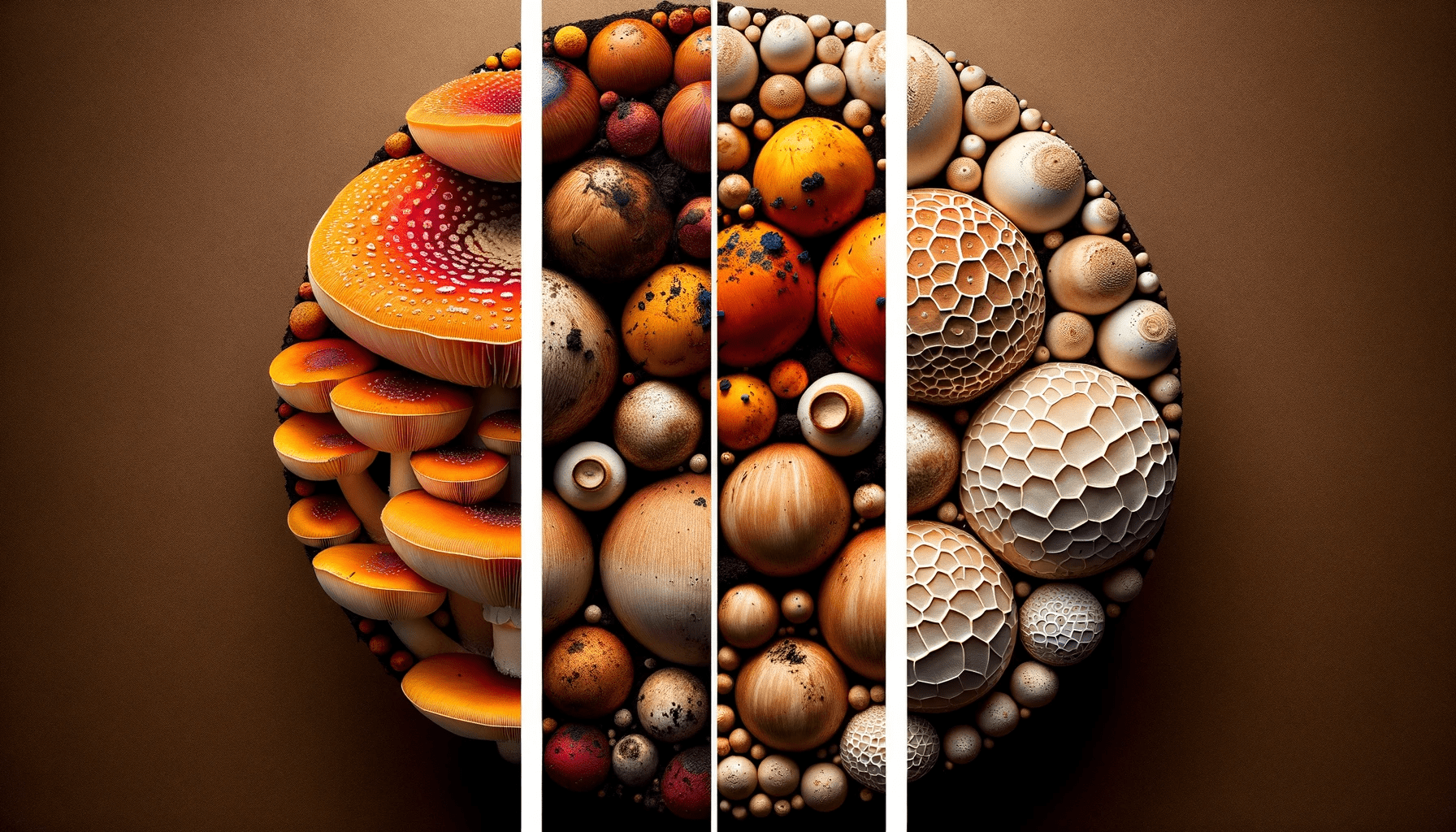Puffball mushrooms are a favorite among many foragers due to their unique appearance and delicious taste. However, as with many wild mushrooms, it's crucial to be aware of potential poisonous look-alikes to ensure safe consumption. This article delves into the world of puffball mushrooms and their toxic counterparts, providing an SEO-friendly guide for both novice and experienced foragers.
1. Introduction to Puffball Mushrooms
Puffball mushrooms belong to the Agaricaceae family and are easily recognizable by their round, ball-like shape. They grow on the ground in various habitats, from meadows to forests. When young and edible, they have a smooth, white interior without any visible gills, stems, or caps.
2. The Importance of Proper Identification
Mistaking a poisonous mushroom for an edible one can have dire consequences, ranging from mild gastrointestinal discomfort to severe poisoning or even death. Hence, proper identification is paramount.
3. Common Poisonous Look-alikes

a. Amanita Mushrooms: Some young Amanita species, especially the deadly Amanita phalloides (death cap) and Amanita virosa (destroying angel), can resemble puffballs before their caps open. Consuming them can be fatal.
b. Earthballs (Scleroderma): These are toxic puffball look-alikes that have a thick, rubbery skin and a dark, granular interior. They lack the soft, marshmallow-like consistency of edible puffballs.
c. Pigskin Poison Puffball: Unlike true puffballs, this species has a tough outer skin and can cause gastrointestinal distress if consumed.
4. Key Identification Tips
Texture: True puffballs are soft and marshmallow-like when young and edible. In contrast, many toxic look-alikes have a harder, rubbery feel.
Color: Edible puffballs are usually white throughout when they're safe to eat. If you cut one open and it's yellow, brown, or has another coloration, it's best to avoid consumption.
Presence of Features: True puffballs lack any internal structures when young. If you slice one open and see a mushroom cap or stem forming inside, it's not a true puffball.
5. Conclusion
Foraging for mushrooms can be a rewarding experience, but safety should always come first. When it comes to puffball mushrooms, always be cautious and ensure you're picking the real deal. When in doubt, consult with a local expert or refrain from consumption altogether. Remember the age-old adage: "When in doubt, throw it out."
